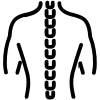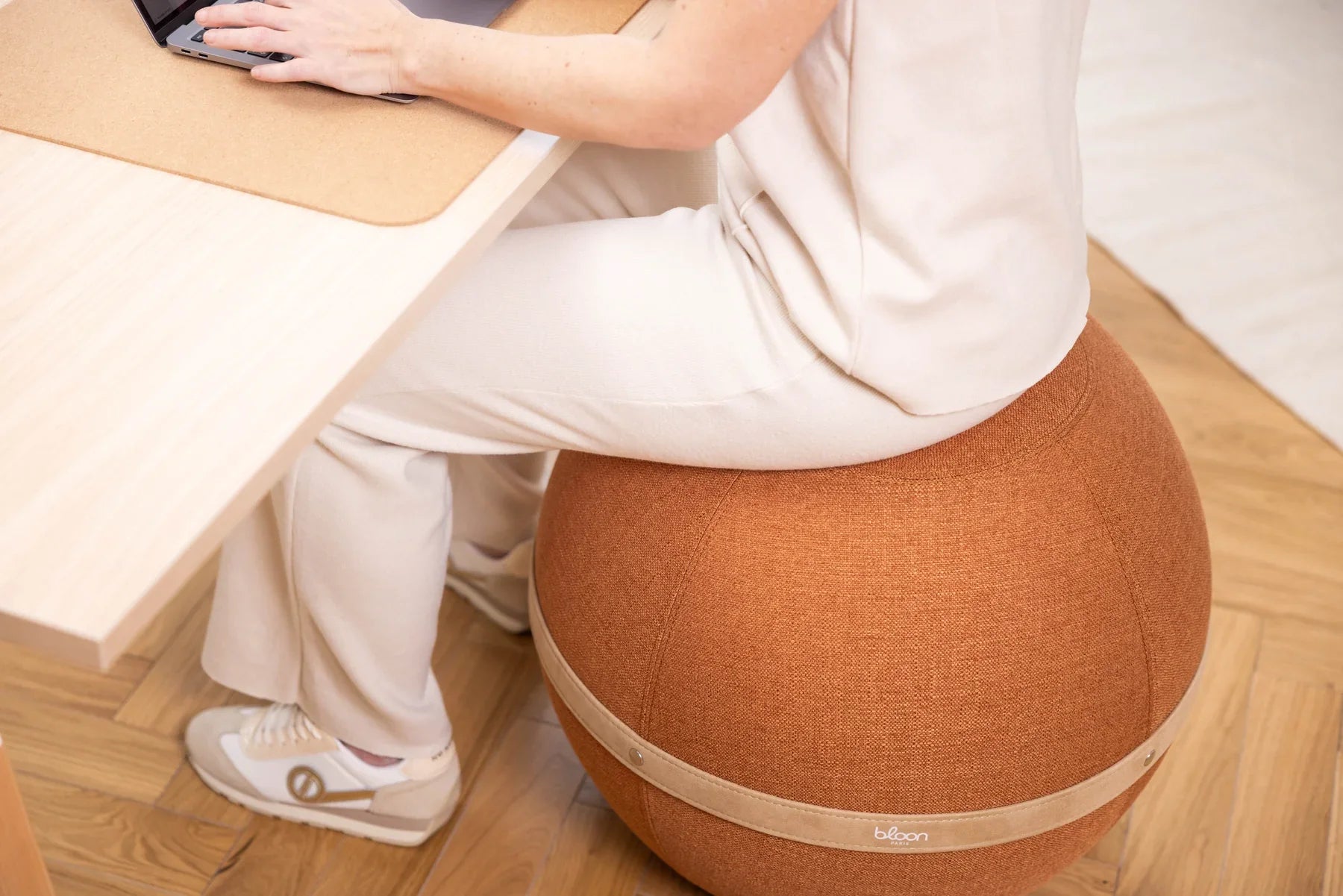We spend a large portion of our waking hours at work—and that means that the way you sit and move on the job significantly impacts your health and well-being. If you want to prevent the back pain and musculoskeletal problems often associated with long hours at a desk, focusing on your posture is key. Read on to learn some of our favorite tips for protecting your posture as you work.
The Dangers of Poor Posture
To Your Health
Poor posture at work is a common cause of chronic pain in the back, shoulders, and neck. These pains can even evolve into musculoskeletal disorders (MSDs) like tendinitis over time. Working with poor posture can also diminish your energy and cause fatigue.
To Your Productivity and Well-Being
The pain that poor posture causes can affect your productivity and overall well-being. Fatigue leads to a loss of focus, motivation, and efficiency and a rise in stress. In the long term, these conditions can lead to symptoms of depression and a diminished quality of life.
Workplace Posture
The Foundations of Posture
Posture is key when it comes to preventing pain and musculoskeletal disorders. Correct posture requires keeping your spine aligned, head straight, shoulders back, and lower back slightly arched. Imagine a straight line running down your ears, shoulders, hips, and knees. When you sit, your feet should remain flat on the ground or on a footrest and your knees at a 90° angle. Don’t cross your legs. Your arms should remain close to your body, with your elbows forming a 90° degree (or slightly larger) angle. Your wrists should stay straight—neither bending nor twisting.

Sitting Posture
The first step to good sitting posture is setting up your workspace correctly. Your chair should support your back and be at a height that keeps your feet flat on the ground and your knees level with your hips. If your feet don’t touch the ground, use a footrest. Your computer screen should be at eye-level and approximately one arm’s length from your body. This position prevents you from having to raise or lower your head and protects your eyes from damage.
Standing Posture
When you work many hours sitting down, take breaks to stand up and move around. If you have a standing desk, working while standing for part of the day is another excellent option. Invest in an anti-fatigue mat to reduce pressure on your feet and legs as you stand. Changing positions and doing small movements, like balancing on one foot, can also help reduce pressure on your legs while simultaneously giving your circulation a boost.
Lifting Heavy Objects Safely
If you have to lift heavy objects at work, make sure to lift with proper form so you don’t injure yourself. Use the strength of your legs—not your back—to lift. Keep your back straight and bend your knees as if you were going to do a squat. Keep the object close to your body so that your back doesn’t take up the effort. Use equipment like carts and dollies to help you move heavy objects whenever possible.
If you want to learn more about improving your posture, read our article: Your Guide to Better Posture.
Pain Prevention Tips
Make Your Workspace More Ergonomic
An ergonomic workspace makes proper posture nearly effortless. A well-arranged workspace should make it easy and comfortable to get to the tools that you need for your work. Position your keyboard, mouse, and telephone in such a way that you don’t have to stretch your arms or bend uncomfortably to get to them. You can also use ergonomic accessories like a lumbar cushion for your chair or a wrist rest for your keyboard and mouse. Position your screen at eye-level.
Stretches You Can Do At Your Desk
Neck Stretch: Sit with your back straight and your feet flat on the floor. Bend your head towards your right shoulder, and hold this position for 15 to 30 seconds. Repeat the same movement on the other side. This move helps relieve tension in the neck and shoulders.
Back Stretch: While sitting down, put your hands behind your head. Lift your chest as you round your back. Hold this backbend for 15 to 30 seconds. This move helps relax the back muscles and improve your flexibility.
Exercises for Your Back and Neck
Back Extension: Lay on your stomach with your arms beside your body. Slowly raise your head, shoulders, and chest off of the ground, keeping your feet on the floor. Hold this position for 5 to 10 seconds, then return to the starting position. Repeat 10 times. This exercise works the lower back muscles.
Scapular Squeeze: While standing or sitting, squeeze your shoulder blades together as if you were holding a pencil between them. Hold this position for 5 to 10 seconds, then release. Repeat 10 to 15 times. This exercise strengthens the upper back and improves shoulder posture.
Breathing and Relaxation
Relaxation and breathing exercises can help you both de-stress and reduce pain, and you can do them just as easily in the office as you can at home. Inhale through the nose, filling your lungs entirely. Exhale slowly through your mouth, emptying your lungs. Repeat 5 to 10 times to reduce stress and tension.
If you’re curious about other helpful exercises that can help you manage your back pain while staying active at work, check out our article 10 Easy Ball Seat Exercises to Keep You Active at Work.
Looking after your health at work is easier than it may seem. Proper posture, ergonomic accessories, and a few helpful stretches and exercises are all you need to work well and feel even better.











